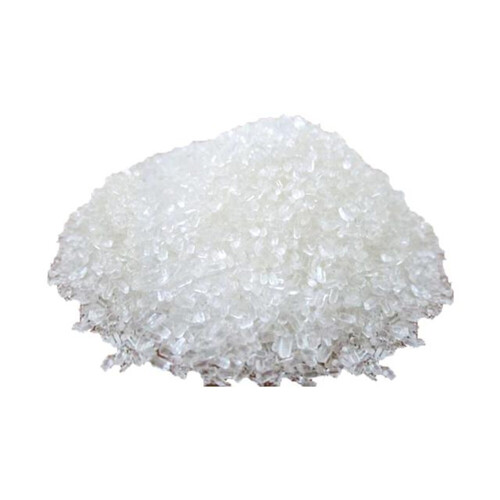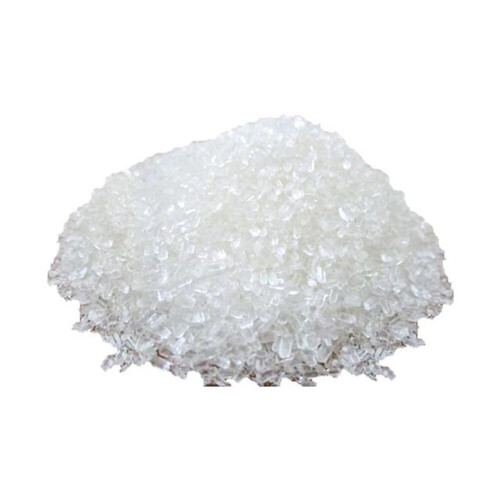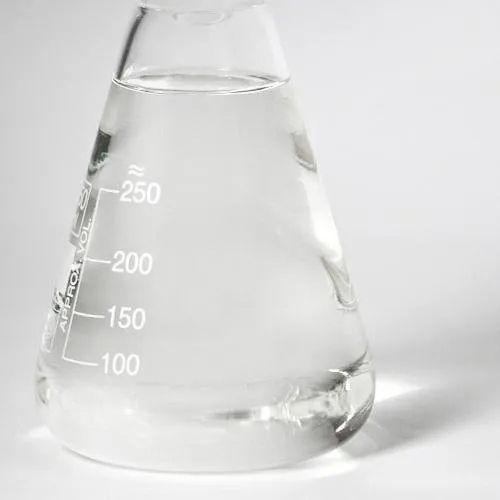Welcome to Our Company
Chrome Oxide Green
Product Details:
- Application Industrial
- Physical Form Granule
- Storage Room Temperature
- Solubility Water Soluble
- CAS No 1308-38-9
- Click to View more
X
Chrome Oxide Green Price And Quantity
- 1 Kilograms
Chrome Oxide Green Product Specifications
- Water Soluble
- 1308-38-9
- Granule
- Industrial
- Room Temperature
Chrome Oxide Green Trade Information
- 100 Kilograms Per Day
- 1 Week
Product Description
Chrome Oxide Green, also known as chromium(III) oxide or chromic oxide, is an inorganic pigment with the chemical formula Cr2O3. It is a fine, green powder that is insoluble in water and acids. The color of this pigment varies from dark to light green, depending on its particle size.
Chrome Oxide Green is primarily used as a colorant in various applications, including:
1. Pigments: It is commonly used in the manufacturing of paints, coatings, and plastics due to its excellent lightfastness and weather resistance. Its deep green color makes it suitable for various artistic and industrial purposes.
2. Ceramics: In ceramic glazes and enamels, Chrome Oxide Green is used to achieve green hues in various products like tiles, pottery, and tableware.
3. Glass: It is used to create green-tinted glass for decorative purposes or as a colorant in architectural glass.
4. Construction: In the construction industry, Chrome Oxide Green is added to concrete, mor tar, and other construction materials to impart green colors to specific applications.
5. Polishing and Grinding Compounds: Due to its hardness, Chrome Oxide Green is used as an abrasive in polishing compounds for metals and glass.
FAQ:
Q: What is Chrome Oxide Green?
A: Chrome Oxide Green, also known as chromium(III) oxide or chromic oxide, is an inorganic pigment with the chemical formula Cr2O3. It is a fine, green powder that is insoluble in water and acids.
Q: What is Chrome Oxide Green used for?
A: Chrome Oxide Green is primarily used as a colorant in various applications, including paints, coatings, plastics, ceramics, glass, construction materials, and polishing compounds.
Q: Is Chrome Oxide Green safe to use in consumer products?
A: Generally, Chrome Oxide Green is considered safe for use in consumer products, provided it meets regulatory guidelines and safety standards. However, it contains chromium, a heavy metal, so it should be handled and disposed of responsibly to prevent any potential harm to the environment or human health.
Q: What are the advantages of Chrome Oxide Green as a pigment?
A: Chrome Oxide Green offers several advantages as a pigment, including excellent lightfastness, weather resistance, and heat stability. It produces deep green colors that are highly durable, making it suitable for various artistic and industrial applications.
Q: Is Chrome Oxide Green toxic?
A: Chrome Oxide Green is generally considered non-toxic when used as intended in consumer products. However, as with any chemical substance, prolonged exposure or ingestion in large quantities can be harmful. It's essential to follow safety guidelines and use appropriate protective measures during handling and manufacturing.
Q: How is Chrome Oxide Green produced?
A: Chrome Oxide Green is produced through various methods, including the thermal decomposition of ammonium dichromate or the reaction of sodium or potassium chromate with chromium(III) salts. The production process can vary depending on the desired particle size and application.
Q: Can Chrome Oxide Green be mixed with other pigments?
A: Yes, Chrome Oxide Green can be mixed with other pigments to create different colors and shades. It is commonly used as a component in mixtures to achieve specific green hues in various applications.
Q: Is Chrome Oxide Green environmentally friendly?
A: While Chrome Oxide Green itself is stable and not easily soluble, it contains chromium, which is a heavy metal and can be harmful to the environment if not managed properly. Proper handling, use, and disposal are essential to minimize any negative impact on the environment.
Q: Are there any restrictions or regulations on the use of Chrome Oxide Green?
A: Different countries and regions may have specific regulations and restrictions on the use of Chrome Oxide Green in certain applications. Manufacturers and users should comply with relevant safety and environmental regulations.
Q: Can Chrome Oxide Green be used in food or cosmetic products?
A: Generally, Chrome Oxide Green is not approved for use in food or cosmetic products due to its heavy metal content. In these applications, there are stringent regulations concerning the use of pigments to ensure consumer safety.
Tell us about your requirement

Price:
Quantity
Select Unit
- 50
- 100
- 200
- 250
- 500
- 1000+
Additional detail
Mobile number
Email









